Advertisement
Cars Of The 1970s That Were The Worst
Advertisement
In the 1970s, the automotive industry took a peculiar turn, producing some of the most infamous and lackluster cars in history. This tumultuous decade witnessed a shift from the era of large, powerful, and fast vehicles that had dominated the 1950s and 60s. However, the 1970s posed unique challenges, including a 57-day strike at GM, dwindling sales, and growing calls for increased industry regulations. Adding to the mix was the surge in oil prices, prompting a demand for more fuel-efficient vehicles. Amid this transformation, there emerged a slew of cars that left much to be desired.
1970 AMC Gremlin
The AMC Gremlin, a car that looked like it was designed during a particularly uninspiring lunch break. With its peculiarly chopped rear, the Gremlin seemed as if it was shocked to find itself on the road. This car was AMC's brave foray into the subcompact market, but it ended up looking more like a vehicular afterthought. Its design was so quirky that it became iconic for all the wrong reasons. Driving a Gremlin was like wearing plaid pants - a bold fashion statement that screamed the 70s.
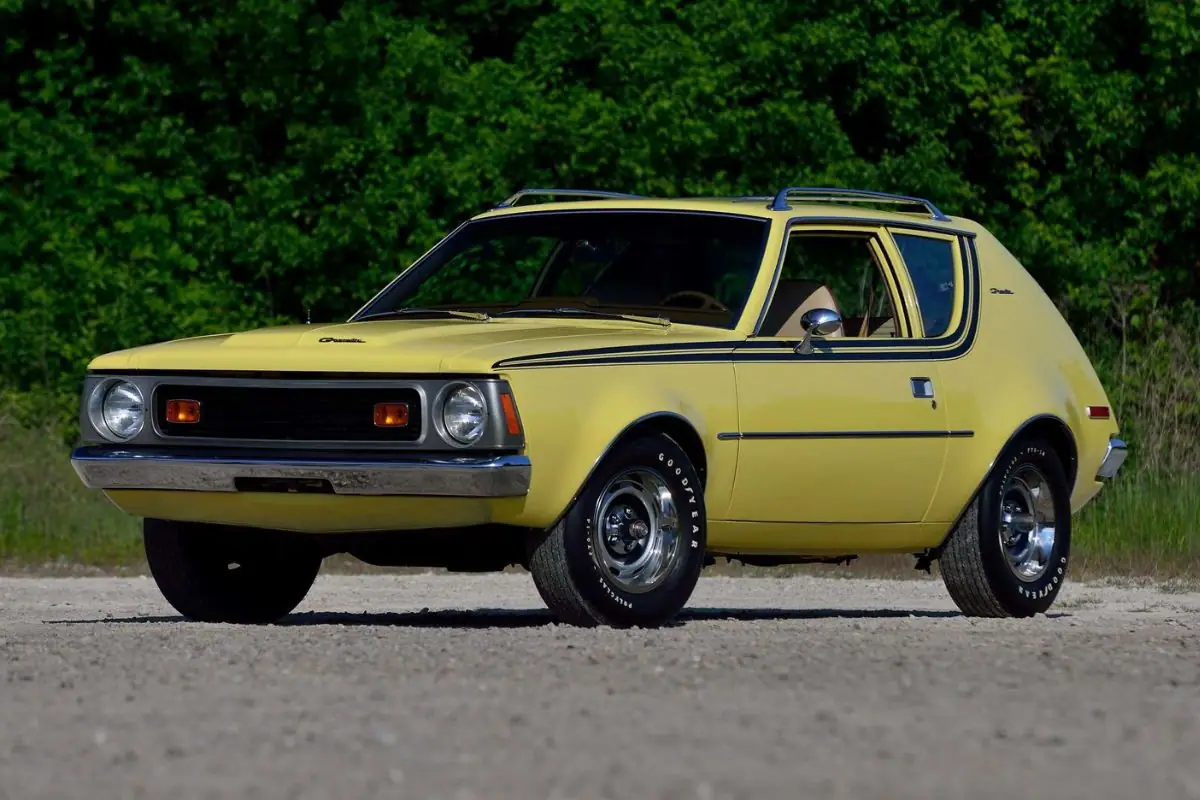
Advertisement
1971 Chevrolet Vega
Chevrolet Vega aficionados anticipate certain standards, such as innovation, reliability, and performance. Regrettably, the Chevrolet Vega fell short in many of these areas. It was essentially a lackluster design placed atop a subpar frame and engine, adorned with mundane decals. While it had its merits, like affordability, its drawbacks like rust issues and engine troubles overshadowed them. Over time, Chevrolet realized the shortcomings and aimed for better designs in subsequent models.
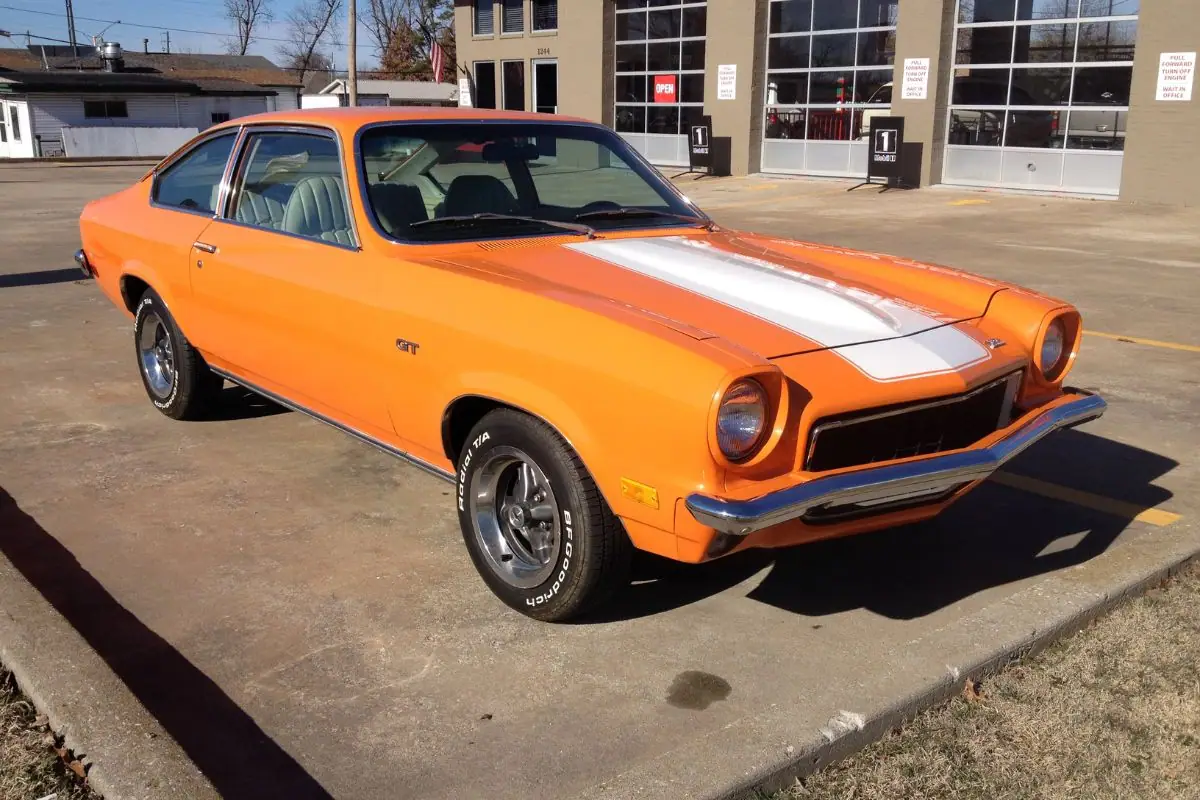
Advertisement
1972 Ford Pinto
Ford Pinto followers had specific anticipations, such as durability, efficiency, and safety. Sadly, the Ford Pinto didn't meet many of these benchmarks. It was essentially a hastily crafted vehicle with a reputation for safety concerns, notably its rear-end collision fire risks. While it was praised for its affordability and compact size, its significant flaws, like the aforementioned safety issues, overshadowed any positives. Over time, Ford recognized the need for improvements and shifted its focus to more reliable and safer vehicles.
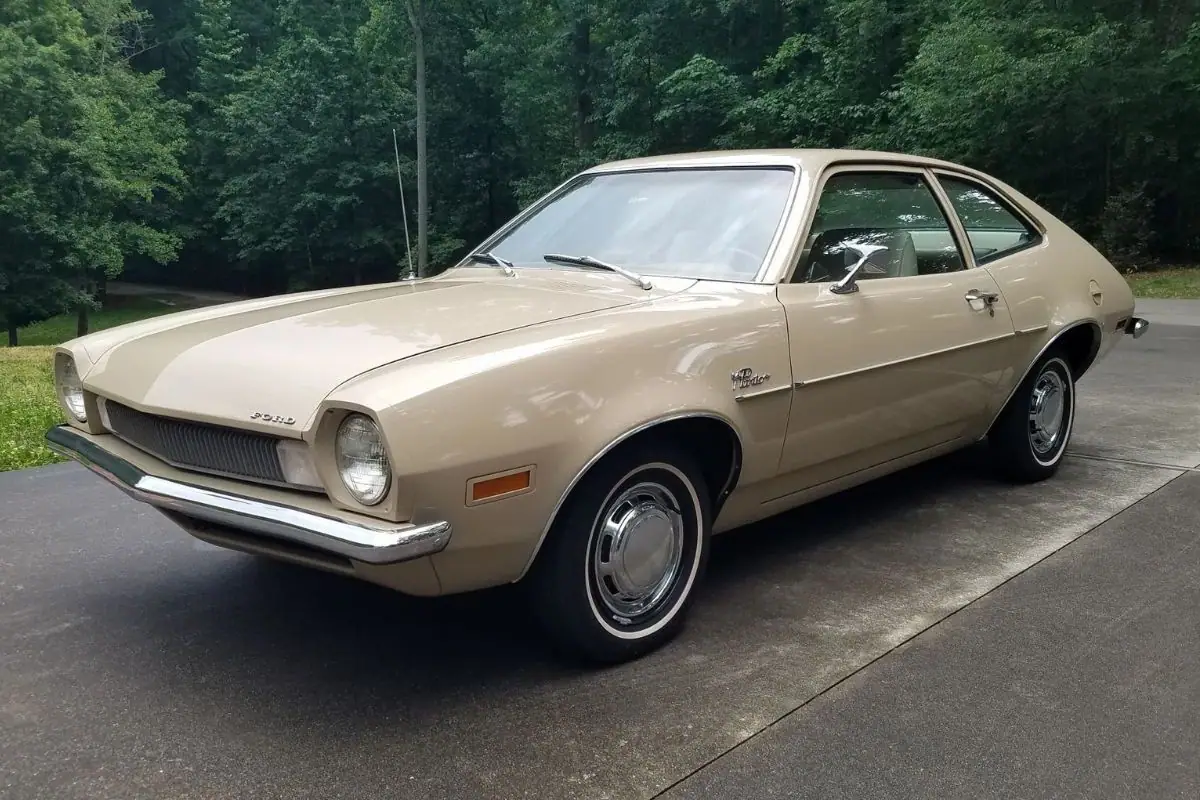
Advertisement
1975 AMC Pacer
AMC Pacer aficionados had distinct hopes, such as innovation, aesthetics, and functionality. Regrettably, the AMC Pacer didn't live up to many of these aspirations. It was essentially a quirky design with a wide stance, often likened to a fishbowl on wheels. While it gained attention for its unique appearance, its drawbacks, like limited performance and mechanical issues, overshadowed its few merits. As time progressed, AMC realized the gaps in the Pacer's appeal and shifted towards more conventional and reliable designs.
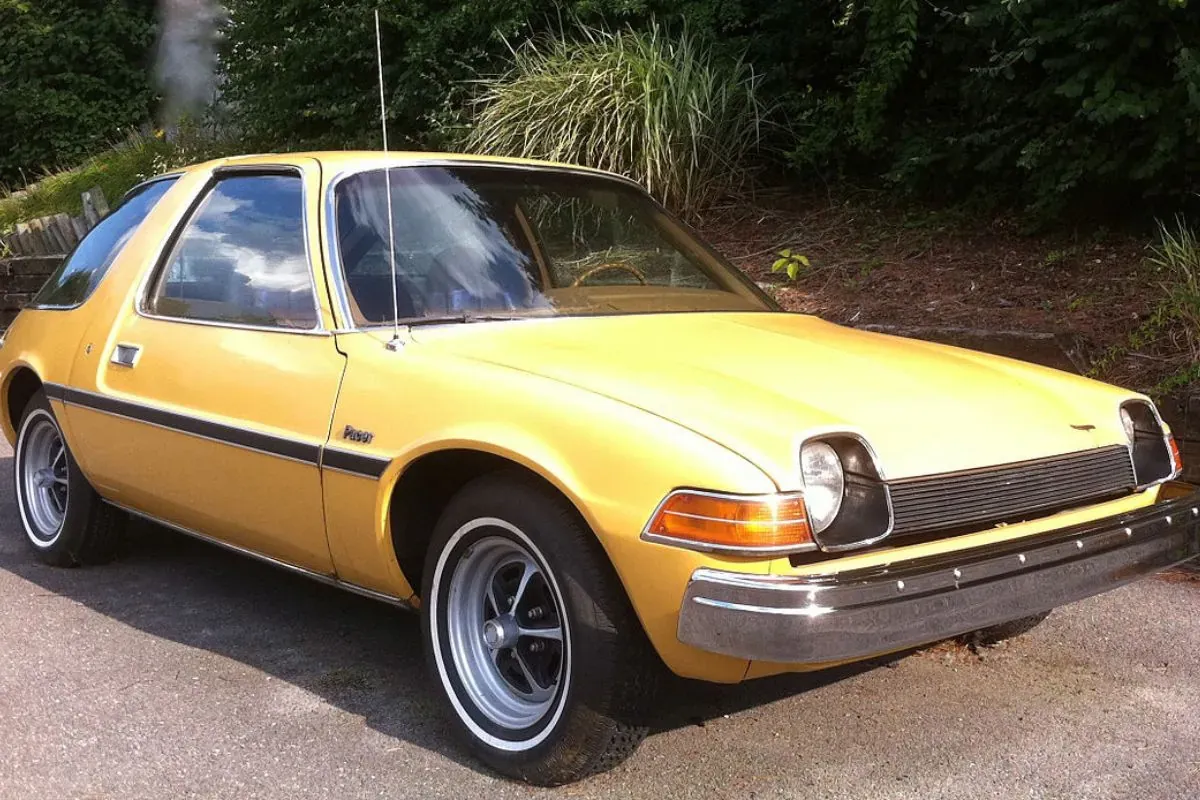
Advertisement
1970 Chrysler Cordoba
The Chrysler Cordoba, famously boasting of 'fine Corinthian leather' which was about as Corinthian as fast-food Greek salad. This car tried to sell itself as a beacon of luxury, but in reality, it was as luxurious as a velvet painting of Elvis. The Cordoba was a land yacht in an era where bigger was supposedly better, but handling it was like steering a parade float. It was a car for those who believed that luxury was a state of mind, not a reality.
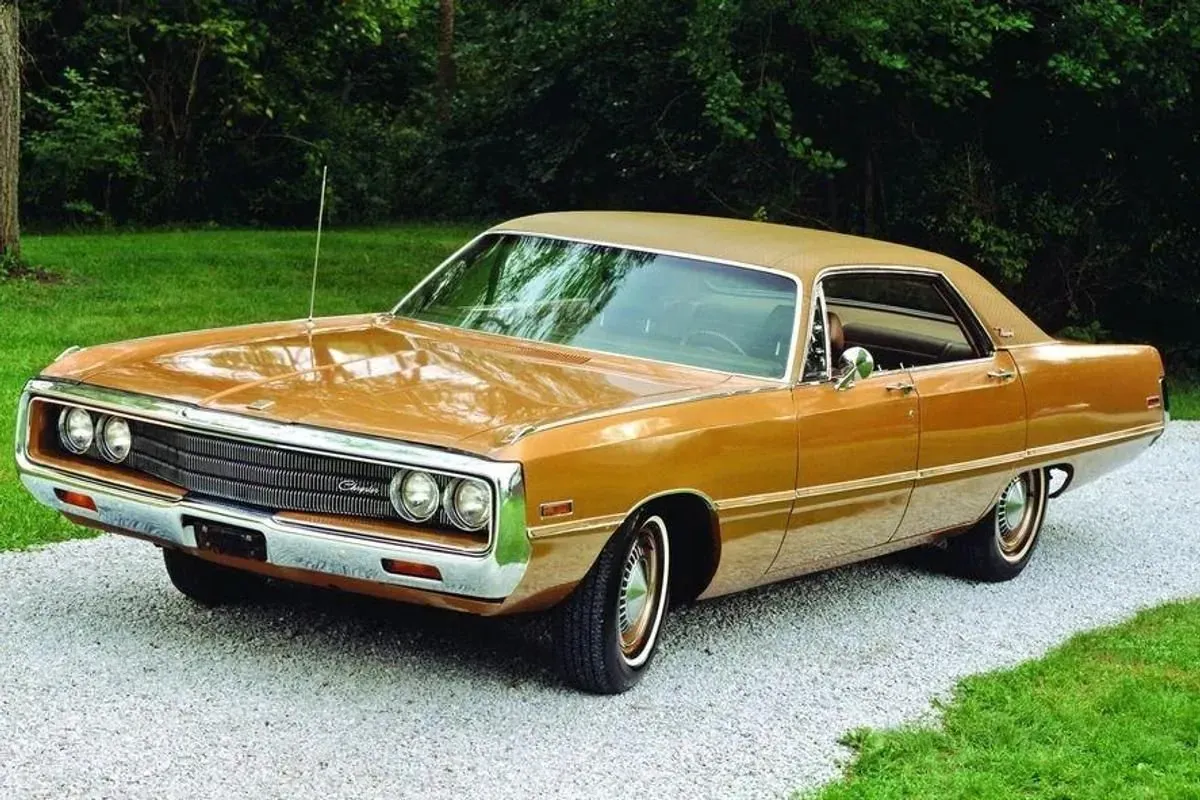
Advertisement
1972 Renault LeCar (R5)
Renault LeCar (R5) followers had clear aspirations, such as efficiency, agility, and European flair. Sadly, the Renault LeCar often fell short of these ideals. It was essentially a compact car with aspirations of urban chicness, but it often felt like a rushed attempt at capturing the city car market. While it had its moments of nimbleness and fuel efficiency, its drawbacks, like questionable build quality and lackluster performance, overshadowed its potential. As time went on, Renault recognized the need for more refined and reliable offerings in their lineup.
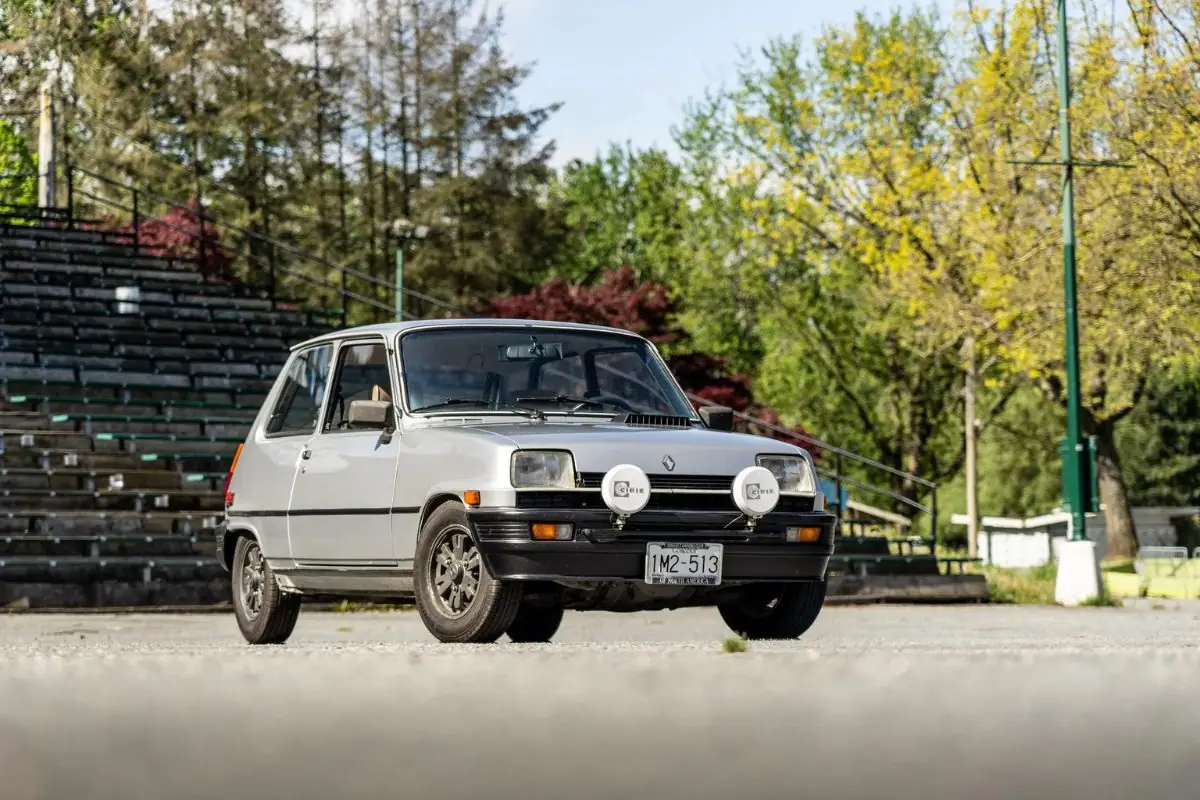
Advertisement
1976 Dodge Aspen
Dodge Aspen enthusiasts had specific hopes, such as durability, comfort, and American craftsmanship. Unfortunately, the Dodge Aspen often didn't meet these standards. It was essentially an attempt at a mid-sized sedan and wagon, but it felt like a hasty amalgamation of mismatched parts and designs. While it boasted roominess and some level of comfort, its negatives, like reliability issues and subpar fuel efficiency, overshadowed its few strengths. Over time, Dodge realized the gaps in the Aspen's appeal and aimed to produce more cohesive and reliable vehicles.
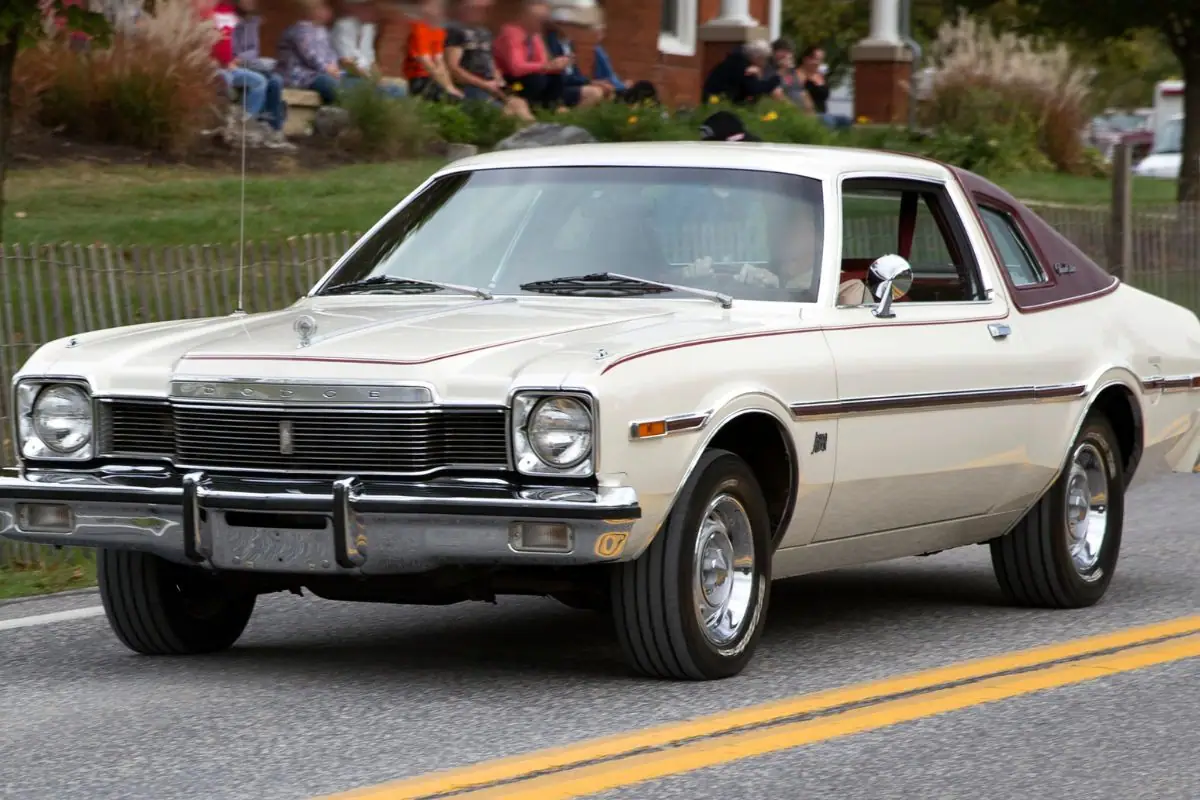
Advertisement
1976 Chevrolet Chevette
Chevrolet might as well have been daydreaming in the late '70s when they introduced the Chevette. Marketed from 1976 to 1987, this was Chevy's answer to the compact car trend, seemingly trying to rival the likes of efficient Japanese imports. Now, why would anyone pick a Chevette over, say, a Honda? The car was, to put it mildly, lackluster in most departments, save for perhaps its range of quirky paint jobs.
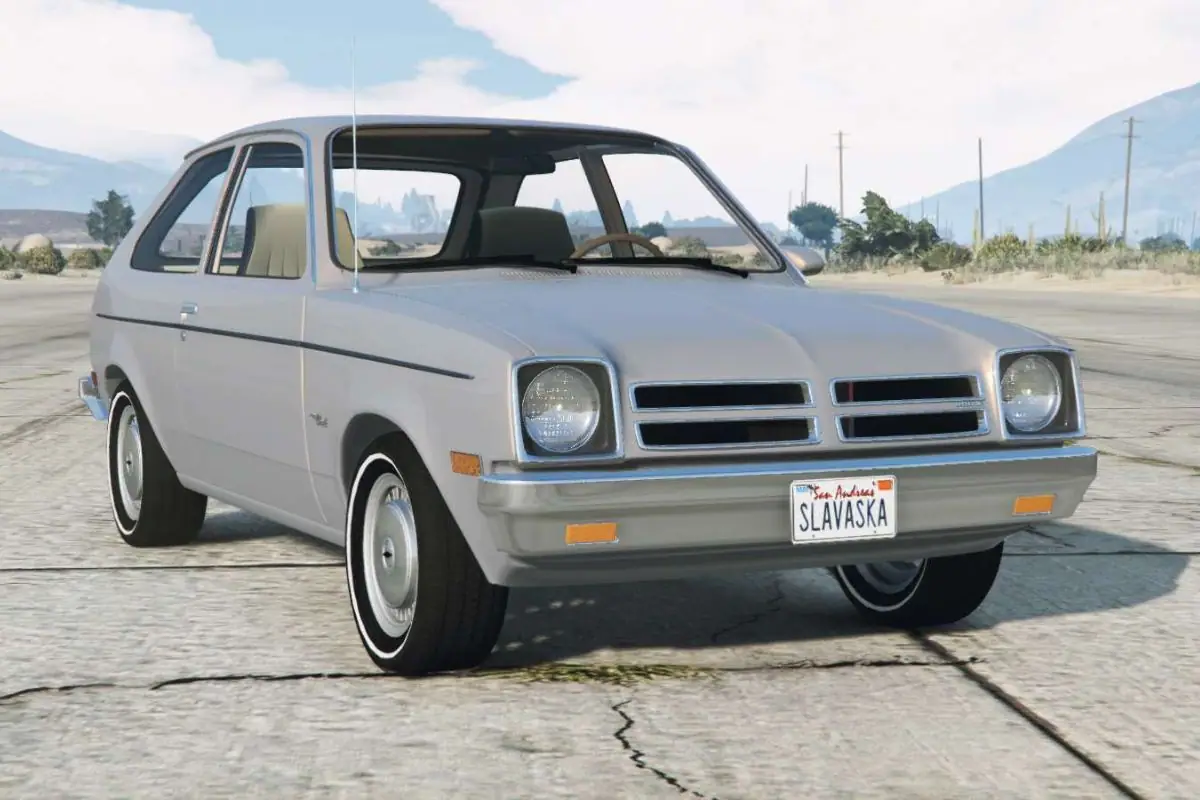
Advertisement
1976 Plymouth Volare
The Plymouth Volare, ironically named after the Italian word for 'to fly', was more grounded in problems than in performance. It promised the sky but delivered an experience more akin to trudging through mud. The Volare was as exciting as a lecture on watching paint dry, and about as reliable. Its plummeting resale value was the only thing about it that moved quickly. The Volare was a car for those who enjoyed the thrill of uncertainty and the charm of mediocrity wrapped in a package of unfulfilled promises.
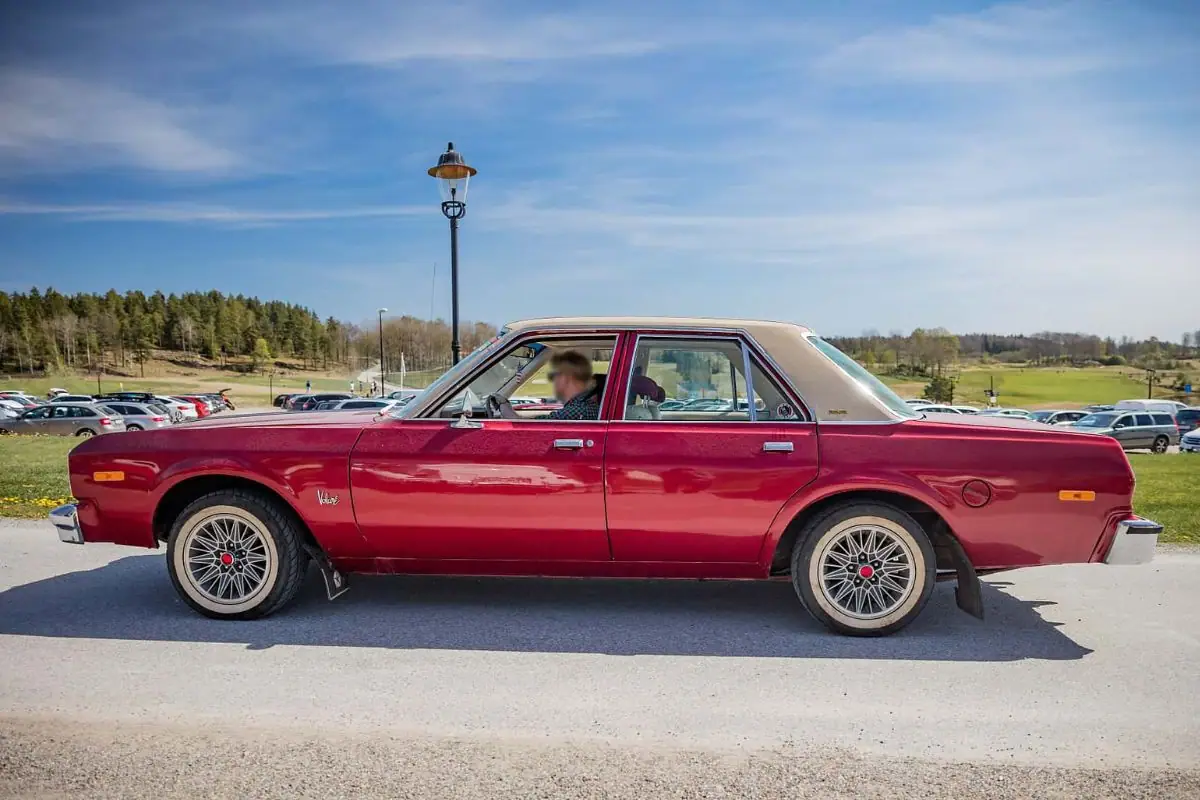
Advertisement
1979 Mercury Bobcat
It's a wonder Mercury navigated the '70s with their lineup choices. The Mercury Bobcat, running from 1974 to 1980, was essentially a dressed-up version of the infamous Pinto. Ah, the Pinto, notorious for its fiery mishaps. It's almost as if Mercury was trying to salvage what was left of the Pinto's reputation.
While the Bobcat had its moments, like a slightly more upscale interior, its association with the Pinto's safety concerns and lackluster performance overshadowed any minor upgrades. Over time, it became clear that mere rebranding wasn't the solution to inherent design flaws.
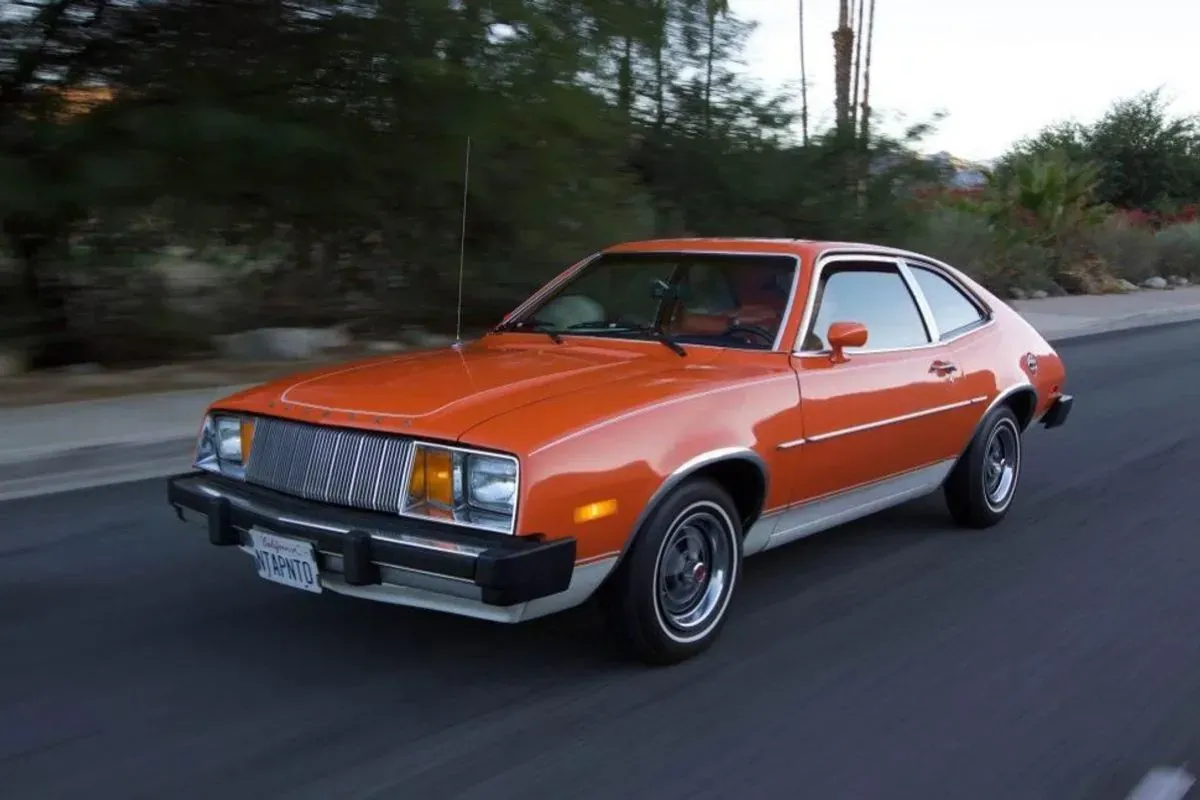
Advertisement
1974 Triumph TR7
It's baffling how Triumph managed to navigate the '70s with some of their choices. The Triumph TR7, active from 1974 to 1981, was touted as the "shape of things to come." Yet, it felt more like a step backward. With its wedge design, it aimed for modernity but often landed in the realm of the peculiar. While it had a certain British charm, its mechanical issues and lackluster performance overshadowed any aesthetic appeal. Over time, it became evident that innovative design alone couldn't mask underlying engineering shortcomings.
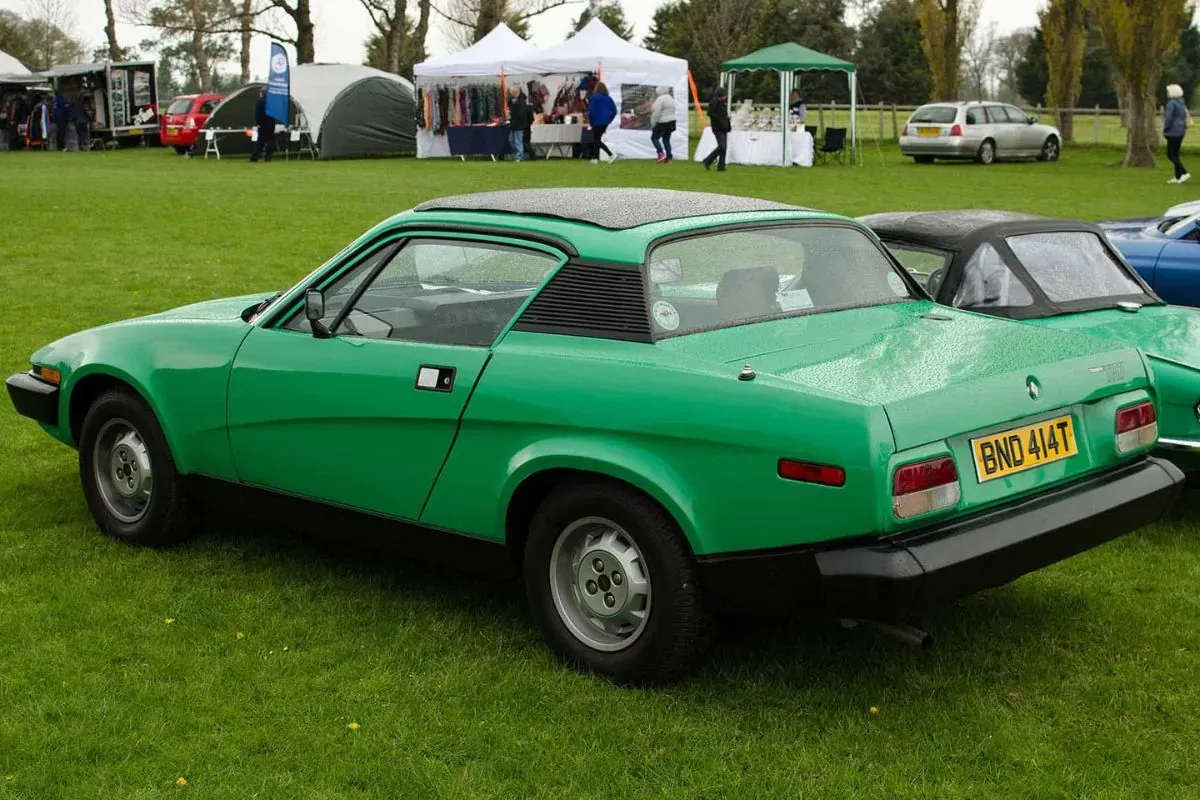
Advertisement
1975 Cadillac Seville
It's perplexing how Cadillac maneuvered the '70s with their lineup decisions. The Cadillac Seville, introduced in 1975, was the brand's attempt to compete with European luxury sedans. On the surface, it had the trappings of opulence, but underneath, it often felt like a hasty attempt to capture a market segment. While it boasted a plush interior and a smooth ride, its mechanical reliability and dated design elements left much to be desired.
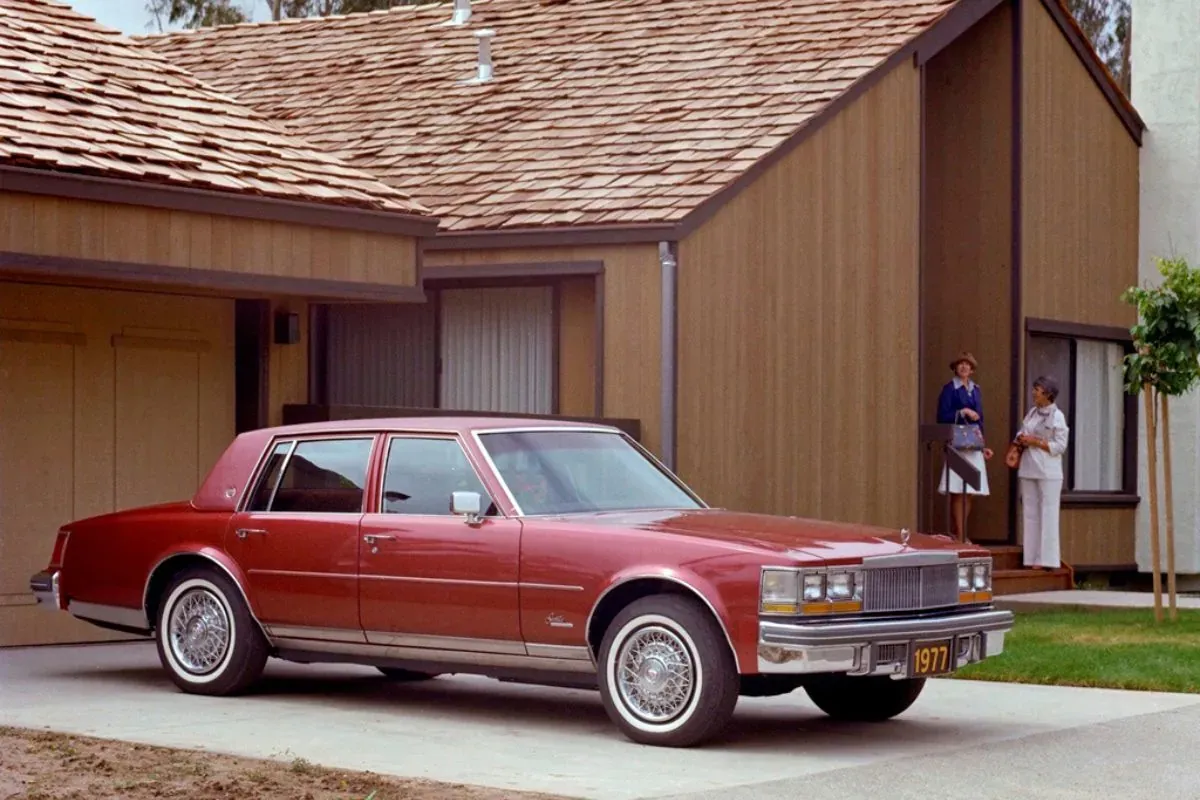
Advertisement
1973 Oldsmobile Omega
From the makers of iconic vehicles like the Cutlass and the 442, Oldsmobile presented the Omega — a testament that even seasoned manufacturers can miss the mark. Introduced between 1973-84, the Oldsmobile Omega was an attempt to tap into the compact car market. However, it became synonymous with mediocrity. Devoid of the flair, agility, and innovation typically associated with Oldsmobile, the Omega was the kind of car handed down to new drivers, with little worry about its fate.
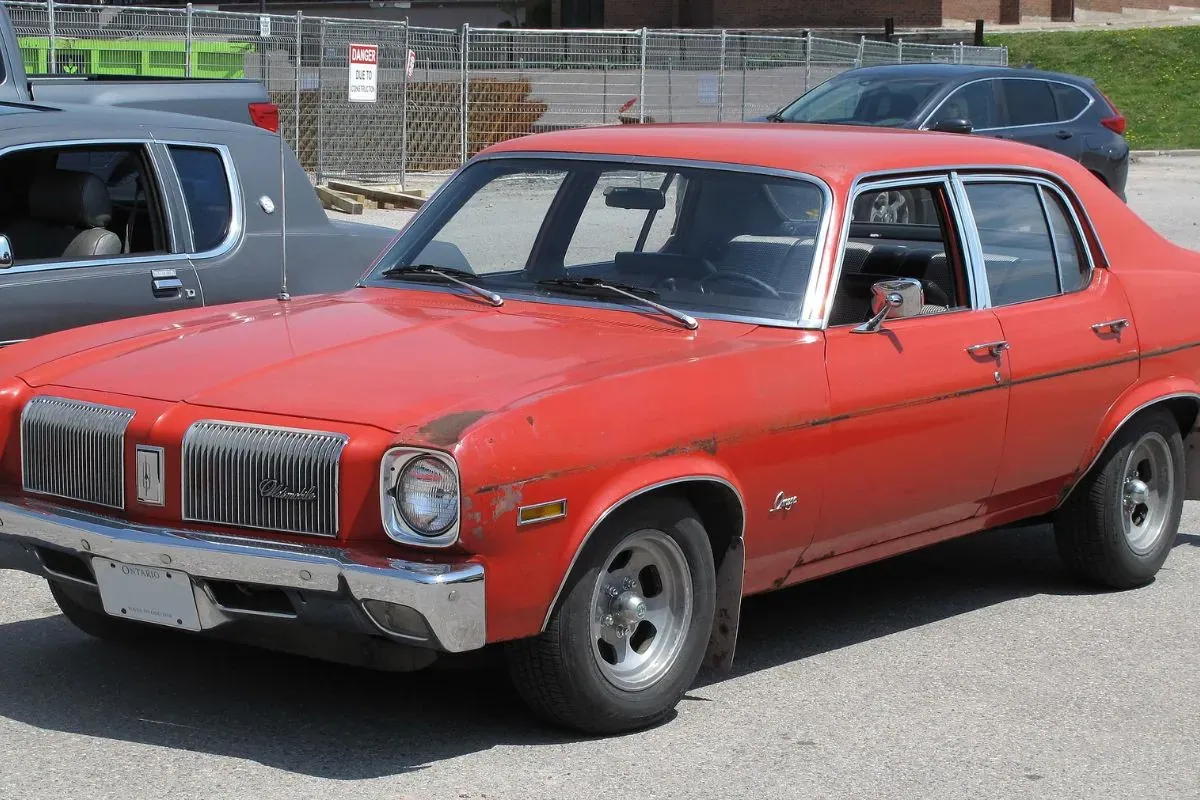
Advertisement
1973 Pontiac Astre
The Pontiac Astre, much like its peculiar counterparts of the '70s, was an enigma on wheels. With aspirations to counter the surge of foreign compact cars, Pontiac introduced the Astre. However, instead of being a beacon of efficiency, it felt more like a misguided attempt. While compact in design, it lacked the finesse and reliability that consumers sought.
Dragging along with an underwhelming performance, the Astre struggled to make a mark in a decade where fuel efficiency was paramount. Its shortcomings, combined with a lack of distinct appeal, made it clear why cars like these struggled to find success in the '70s.
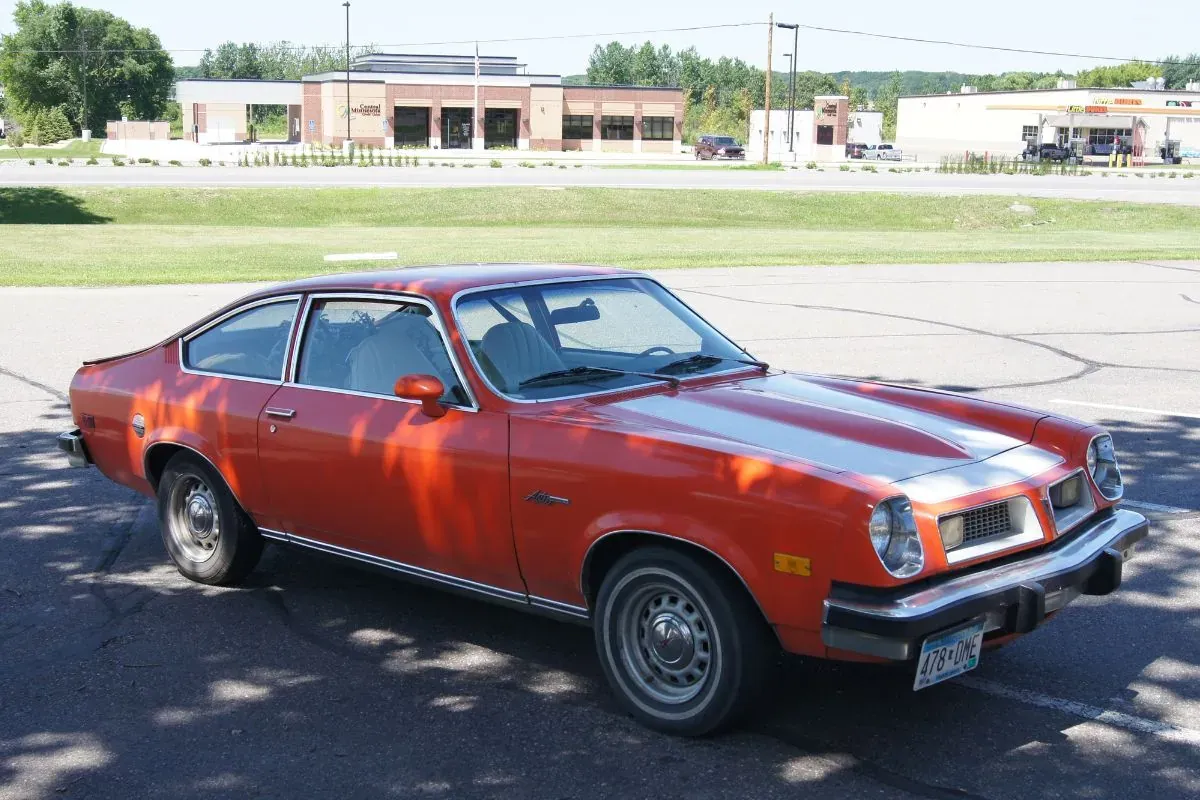
Advertisement
1975 Jensen-Healey
The Jensen-Healey, much like some of its contemporaries, was a puzzle on the pavement. Designed with the intent to capture the sports car enthusiasts' hearts, it instead left many scratching their heads. With its sleek appearance, one might expect performance to match, but the Jensen-Healey often felt like it was trying to keep up rather than lead the pack.
While it boasted a Lotus engine, its frequent mechanical issues and lack of robustness made it a challenge for many owners. In a decade where reliability was key, especially for imports, the Jensen-Healey's inconsistencies made it evident why such vehicles struggled to cement their legacy in the '70s.
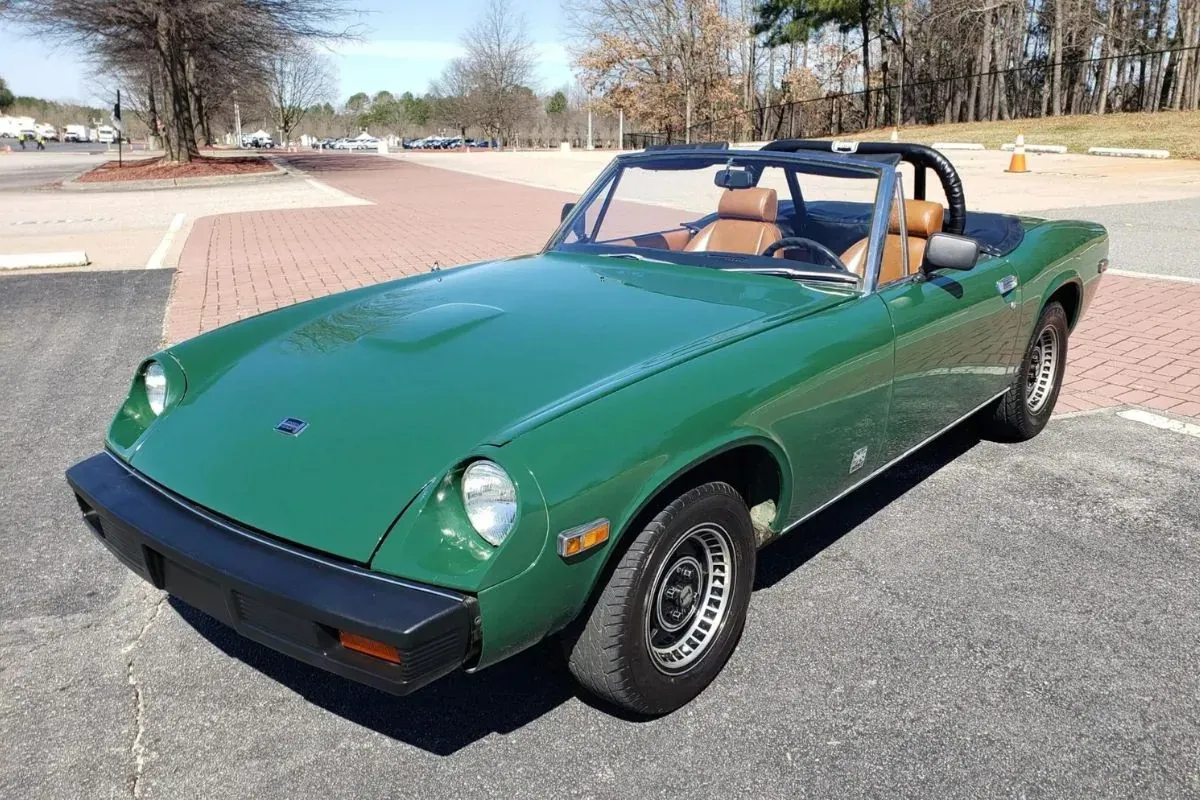
Advertisement
1975 Bricklin SV-1
The Bricklin SV-1, with its gull-wing doors and futuristic design, promised a lot but often underdelivered. Sure, it had a certain visual appeal, but beneath that flashy exterior lay a series of challenges. Notably, its tendency to overheat was a glaring issue, especially for a vehicle boasting a V-8 engine. Despite multiple attempts to refine and redesign, the car's issues persisted. Even with a hefty $4.5 million boost from the Canadian Government, the Bricklin SV-1 couldn't overcome its inherent flaws.
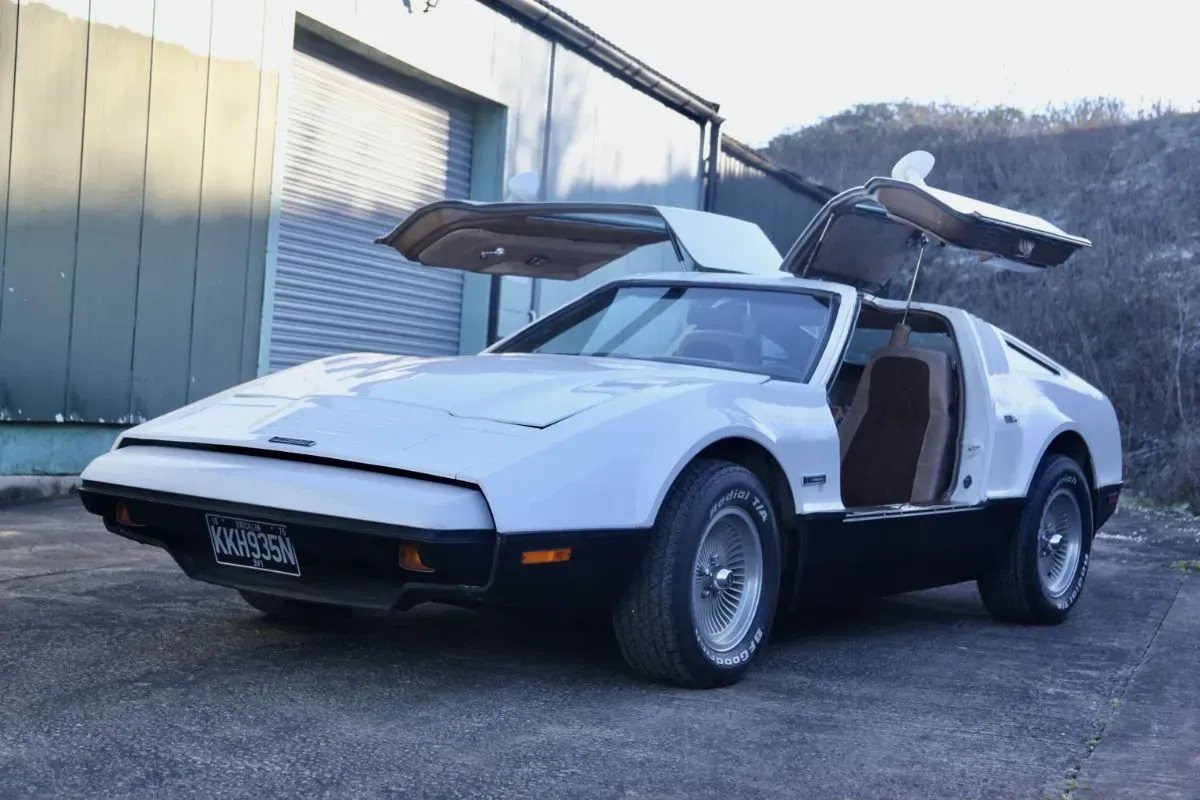
Advertisement
1972 Maserati Merak
The Maserati Merak, with its Italian flair and promise of luxury, seemed like a dream on wheels. At first glance, it was a stunner, but much like some beauties, it had its quirks. Notably, for a car that aimed to be a symbol of opulence and performance, it often grappled with mechanical issues. Despite attempts to refine its engineering, the Merak's challenges persisted. In a decade where car enthusiasts sought both style and substance, it's evident why cars like the Merak, with their unmet potential, struggled to dominate the scene in the '70s.
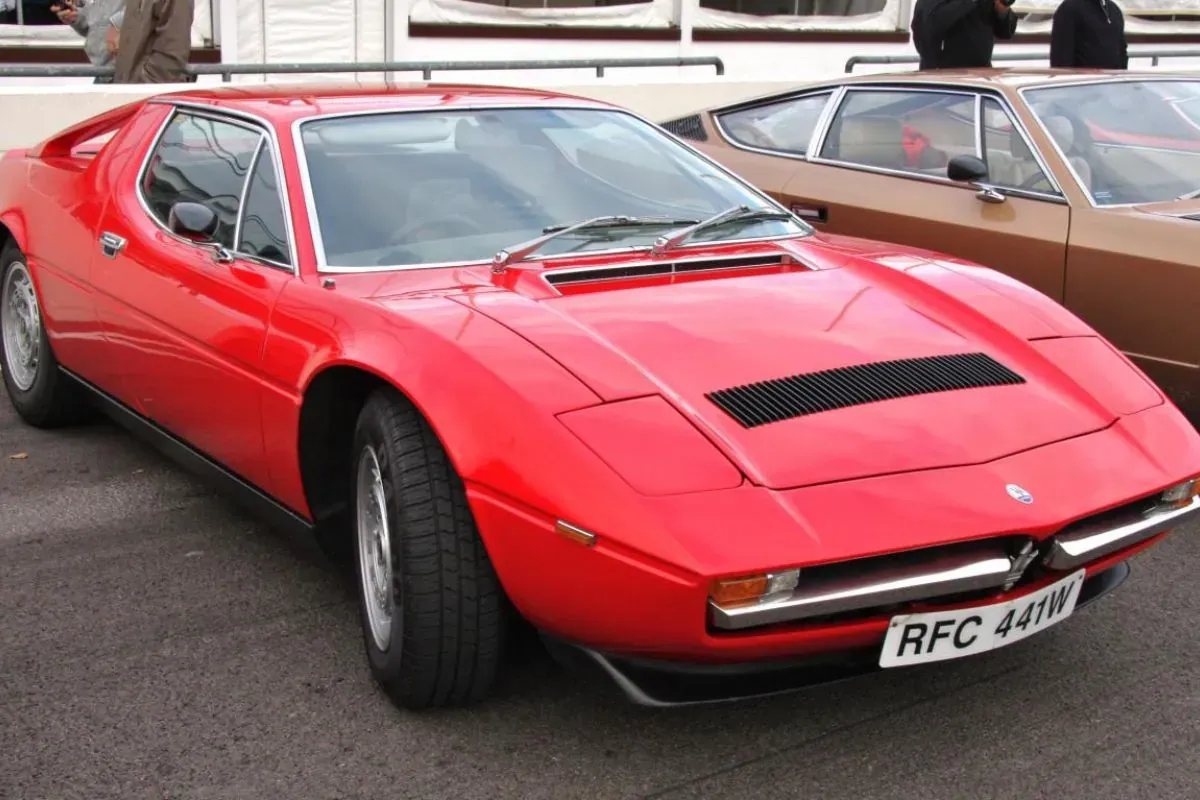
Advertisement
1978 Fiat Strada (Ritmo)
The Fiat Strada, also known as Ritmo, with its European design, seemed poised to make a mark. Visually, it had a certain appeal, but as many learned, looks can be deceiving. For a car that aimed to capture the compact market, it was plagued with reliability issues. Even with attempts to address its shortcomings through redesigns, the Strada's problems were hard to ignore. In an era where dependability was a key factor for success, it's no surprise that cars like the Fiat Strada, despite their initial allure, found it challenging to thrive in the '70s.

Advertisement
1973 Austin Allegro
While a catchy name might draw attention, it doesn't necessarily guarantee a stellar performance on the road. Such was the case with the Austin Allegro. British Leyland tried to infuse some quirkiness into it, even going as far as introducing a peculiar squarish steering wheel. But sometimes, novelty isn't enough.
Produced from 1973 to 1982, the Allegro did see some popularity in the UK. However, its frequent mechanical issues and lack of innovation made it clear why cars like these struggled to truly shine in the '70s. Despite its moments in the spotlight, the Allegro's shortcomings kept it from becoming a true classic.

Advertisement
1972 Lancia Beta
The Lancia Beta, with its Italian lineage, promised elegance and performance. At first glance, it was a beauty, but as many soon realised, beauty can sometimes be only skin deep. For a car that aimed to be a symbol of European sophistication, it was often let down by its own mechanics. Notably, issues with rust and reliability became synonymous with the Beta.
Even with attempts to rectify its flaws, the car's reputation took a hit. In an era where durability and trustworthiness were key, it's evident why vehicles like the Lancia Beta struggled to maintain their allure. Despite its potential, the Beta's inherent issues kept it from becoming a timeless classic.
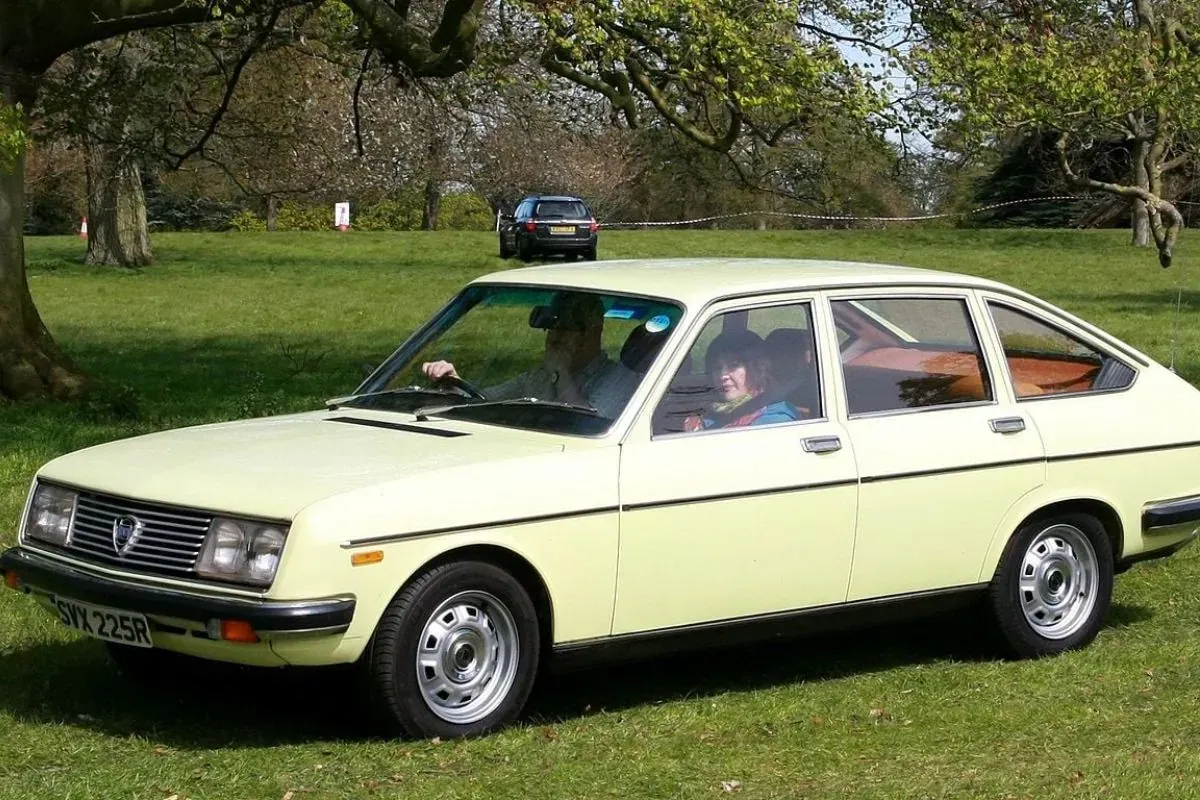
.png)




